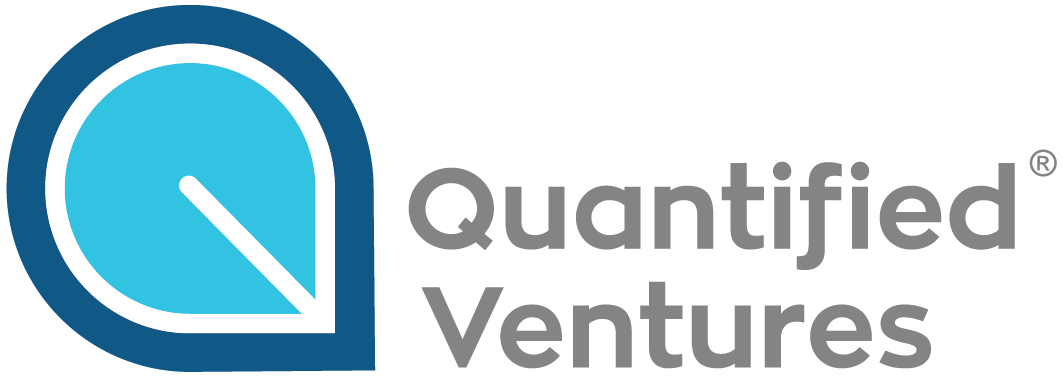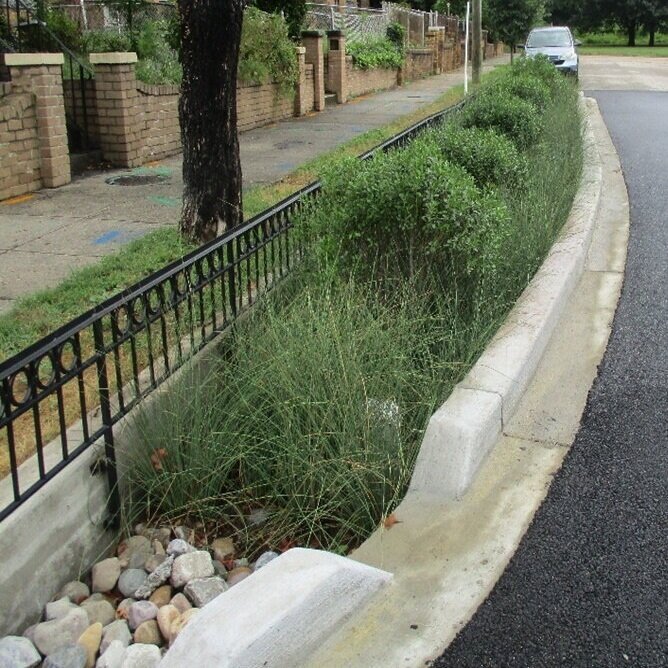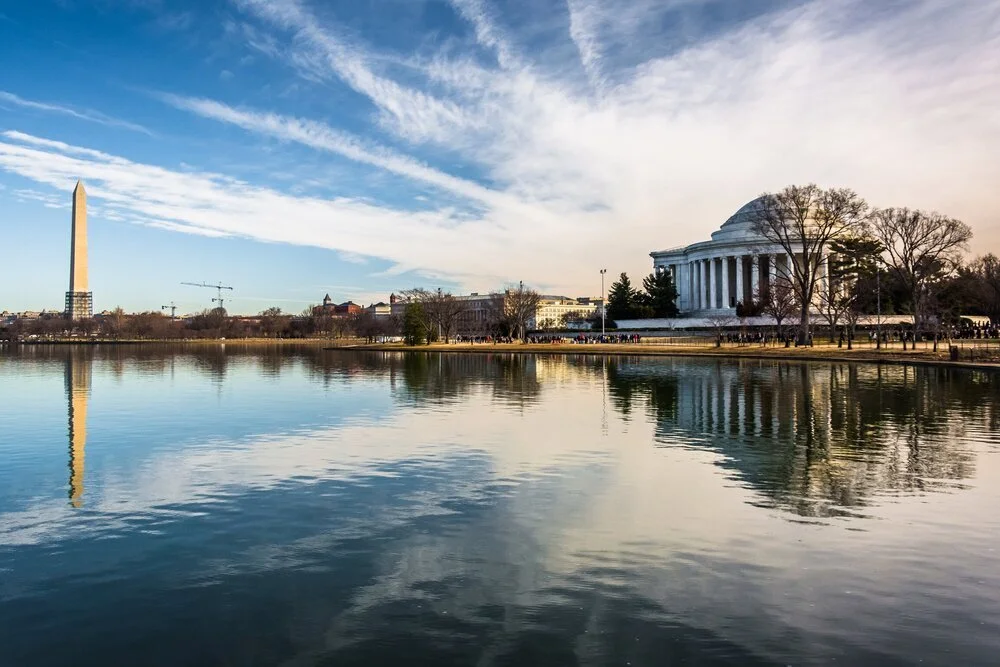Press Release
May 27, 2021
DC Water’s Pioneering Environmental Impact Bond a Success
The results are in—green infrastructure projects achieved goals for stormwater runoff
Media Contacts:
Matt Lindsay, Quantified Ventures. lindsay@quantifiedventures.com, 202.425.1792
Cat Ulrich, Calvert Impact Capital. cat@emccommunications.com, 202.630.7839
Pamela Mooring, DC Water. Pamela.Mooring@dcwater.com, 410-736-2789, 202-538-2773
Park at Kansas Avenue & 2nd Street, NW funded by the DC Water 2016 Environmental Impact Bond. (image credit: DC Water)
Curb extension bioretention funded by the DC Water 2016 Environmental Impact Bond. (image credit: DC Water)
WASHINGTON, DC — DC Water today announced the success of the nation’s first-ever Environmental Impact Bond (EIB). DC Water issued the bonds in 2016 to fund green infrastructure (GI) projects to capture and infiltrate runoff that would otherwise overflow into Rock Creek and thereby improve the health of waterways in the District.
DC Water recently made mandatory tender and full repayment of the EIB, following a robust evaluation of the project outcomes that confirmed the effectiveness of green infrastructure in the District. The information gained through performance monitoring resulted in optimizations that will ensure a future for green infrastructure at DC Water.
These projects achieved the goals set in 2016, reducing runoff into Rock Creek by nearly 20 percent. DC Water’s prediction, measurement, and reporting of the outcomes is a signature component of the EIB. The commitment to impact measurement and disclosure differentiates Environmental Impact Bonds from traditional Green Bonds, which support specific environmental and climate-related projects, but do not require the same level of rigor in outcome prediction, measurement, and reporting.
The $25 million, tax-exempt EIB was sold to the Goldman Sachs Urban Investment Group and Calvert Impact Capital in 2016 in a private placement. The proceeds from the EIB provided the upfront capital needed to construct the first green infrastructure project in the DC Clean Rivers Project, a $2.8 billion program to control stormwater runoff and improve the District’s water quality. The 25-acre green infrastructure installation was designed to mimic natural processes to absorb and slow surges of stormwater during periods of heavy rainfall, reducing the incidence and volume of combined sewer overflows (CSOs) that pollute the District’s waterways.
DC Water achieved the objectives set out at the outset of the financing:
Ensure responsible stewardship of ratepayer funds by transferring a portion of performance risk associated with technologies that had never been implemented on a large scale in the District
Enhance future decision-making about how much and which types of green infrastructure to build
Create a model funding mechanism that other municipalities can leverage to advance the use of green infrastructure to address stormwater management in their communities
Establish a green jobs initiative targeting local workforce development and sustainable job creation, including training and certification opportunities for District residents
Improve transparency to local ratepayers by formally predicting, measuring, and publicly reporting the environmental impact of the green infrastructure
As part of the development of the EIB, DC Water prepared a Technical Memorandum predicting the reasonable expected range in runoff reduction, resulting in the establishment of the EIB performance ranges. Pre-construction monitoring was performed over a 12-month period to establish runoff quantity for existing conditions, prior to the installation of green infrastructure. Post-construction monitoring found the green infrastructure reduced stormwater runoff by nearly 20 percent from previous levels. This falls within the ‘as expected’ outcome range established by the EIB and means no success payment is due to the investors and no underperformance penalty is due from the investors. The report from DC Water was independently validated by the engineering firm WSP United States of America.
EIB Outcomes Range
| Tier | Runoff Reduction | Payments |
|---|---|---|
| 1 | Greater than 41.3% | DC Water pays Outcome Payment of $3,300,319.00 to Purchasers |
| 2 | 18.6% to 41.3% | No Outcome Payment or Risk Share Payment |
| 3 | Less than 18.6% | Purchasers pay Risk Share Payment of $3,300,319.00 to DC Water |
The rigorous measurement and reporting inherent to the EIB provided DC Water with a number of lessons learned about green infrastructure that can be applied to other projects. In its final report on the Rock Creek Project 1, DC Water highlights 15 lessons learned about porous pavement, bioretention, and other green infrastructure facilities, noting “significant information has been learned in terms of design, construction, and monitoring approaches that have added to DC Water’s body of knowledge and expertise related to Green Infrastructure…collectively, the information gained through the performance monitoring and the resulting optimization allowed DC Water to be responsive, make corrections, and ensure a future for green infrastructure at DC Water.”
Based on these findings, DC Water plans to implement a hybrid approach in the Rock Creek sewershed that blends the best of gray (e.g., underground storage or conveyance tunnels) and green infrastructure. The hybrid approach provides the same degree of stormwater control as the all-gray infrastructure alternative, lowers capital costs as compared to the all-gray or all-green alternatives, and will be implemented by 2030, the deadline in the 2016 Consent Decree Modification.
This hybrid approach is accountable to District ratepayers and delivers additional benefits such as more green space for public use, habitat creation for birds and pollinators, and more local green jobs as compared to the all-gray option. DC Water’s ambitious local green jobs program includes training and certification opportunities for District residents interested in Green Infrastructure construction, inspection, and maintenance.
In 2016, green infrastructure had never been installed on a large scale within the District and it was deemed a higher risk than gray infrastructure. The EIB provided DC Water a novel financial instrument to share the risk of green infrastructure underperformance or cost savings associated with overperformance with investors Goldman Sachs Urban Investment Group and Calvert Impact Capital in the form of outcome and risk sharing payments. In return, DC Water committed to predict, measure, and report on the project outcomes; specifically, the degree to which stormwater runoff was reduced by the green infrastructure funded by the bond proceeds.
In the wake of DC Water’s pioneering transaction, several other municipalities – including Atlanta and Hampton, Va., – have issued EIBs to implement green practices that benefit communities.
“This financing instrument required analysis at a level not usually performed,” said David L. Gadis, DC Water Chief Executive Officer and General Manager. “Utilities across the country can apply our learnings to their stormwater programs. The information and lessons learned will benefit the entire sector and will inform our future projects as well.”
DC Water CFO Matt Brown added, “This model allowed DC Water to share a portion of the financial risk associated with green infrastructure investment on this scale. Because the projects met the established goals, the District benefits with cleaner waterways and a greener environment. This EIB establishes a replicable and scalable approach to financing green infrastructure for other communities across the country.”
Gadis added, “Another component that serves as a model to utilities nationwide is the local jobs and workforce development program we created in partnership with the Water Environment Federation. We are training and certifying District residents for green jobs and we aim to fill at least 51 percent of the new jobs created by the Green Infrastructure program with District residents.”
“There has never been a more important time for innovative solutions in the areas of sustainability and workforce development,” said Margaret Anadu, Global Head of Sustainability and Impact for Goldman Sachs Asset Management. “The success of this pioneering public-private partnership is a testament to how through cooperation, transparency, and innovation we can create more economically resilient and environmentally sustainable communities.”
“The collaborative, cross-sector approach employed to structure and finance the DC Water EIB is exactly what we need to see replicated across the country to address some of our most urgent social and environmental challenges like access to clean water and climate change,” said Jennifer Pryce, President and CEO of Calvert Impact Capital. “This EIB set a high bar for the rigor, transparency, and outcomes-orientation that will be required to shift our financial system to function for the benefit of all stakeholders.”
“The DC Water EIB was a homerun for the District, its residents, and its investors. This efficient EIB also blazed a trail for the fast-emerging field of outcomes-based finance to address environmental and health challenges beyond stormwater management in the agricultural, forestry, coastal resilience, and health and human services.” said Eric Letsinger, CEO of Quantified Ventures. “This EIB accomplished its financing objectives by driving greater transparency, sharper outcomes prediction, measurement and reporting discipline and materially improved future decision-making.”
Key participants in the 2016 DC Water EIB include: Squire Patton Boggs LLP (bond counsel); Public Financial Management, Inc. (financial advisor); the Harvard Kennedy School Government Performance Lab (technical advisor); Quantified Ventures (Pay for Success Transaction Coordinator); and Orrick, Herrington & Sutcliffe LLP (investors counsel).
Virtual tours of the DC Water green infrastructure are available online (green infrastructure Park | green infrastructure streetscape)
About DC Water
DC Water provides more than 700,000 residents and 21.3 million annual visitors in the District of Columbia with retail water and wastewater (sewer) service. With a total service area of approximately 725 square miles, DC Water also treats wastewater for approximately 1.6 million people in neighboring jurisdictions, including Montgomery and Prince George’s counties in Maryland and Fairfax and Loudoun counties in Virginia.
The Blue Plains Advanced Wastewater Treatment Plant is located at the southernmost tip of the District, covering 153 acres along the Potomac River. Blue Plains is the largest advanced wastewater treatment facility in the world and home to North America’s first thermal hydrolysis plant that enables anaerobic digestion to create electricity from wastewater.
The DC Clean Rivers Project is a $2.8 billion program to control combined sewer overflows to its three waterways—the Anacostia and Potomac rivers and Rock Creek— improving the District’s water quality and creating a healthier future for District residents. More information on the Environmental Impact Bond can be found at dcwater.com/EIB. More information on the Clean Rivers Project can be found at dcwater.com/cleanivers.
About Goldman Sachs
Established in 2001, the Urban Investment Group is a business unit within Goldman Sachs (“GS”) and deploys Goldman Sachs’s capital by making investments and loans that benefit urban communities. Through its comprehensive community development platform, UIG is a catalyst in the revitalization of underserved neighborhoods. Since its inception, UIG has committed over $9.8 billion, facilitating the creation and preservation of over 42,400 housing units - the majority of which are affordable to low, moderate and middle-income families - as well as over 2.8 million square feet of community facility space and over 11.2 million square feet of commercial, retail, and industrial space. UIG’s investments and financings are driven by our commitment to revitalize and rebuild the urban fabric in underserved neighborhoods.
About Calvert Impact Capital
Calvert Impact Capital invests to create a more equitable and sustainable world. Through our products and services, we raise capital from individual and institutional investors to finance intermediaries and funds that are investing in communities left out of traditional capital markets. During our 25-year history, we have mobilized over $2 billion of investor capital. Calvert Impact Capital also offers loan syndications, where we originate, structure, and administer loans for institutional and accredited lenders seeking environmental and social impact. To date, we have syndicated and/or administered more than $300 million of capital for impact-oriented transactions.
About Quantified Ventures
Quantified Ventures is an outcomes-based capital firm that develops public-private projects by structuring innovative financial transactions that drive transformational health, social, and environmental impact. As a certified B Corporation, we partner with corporations, governments, and nonprofits to solve some of the most intractable environmental, social, and health problems facing communities today. With DC Water, we pioneered the Environmental Impact Bond in 2016 to address local stormwater challenges. In 2019, we structured the first publicly offered outcomes-based impact bond in Atlanta. Last year, we launched our first subsidiary company, ReHarvest Partners, to lead the transition to a more regenerative system of agricultural production by creatively deploying outcomes-based capital and monetizing environmental outcomes. We operate four synergistic areas of practice: Agriculture, Forestry and Land Use, Health and Human Services, and Urban and Coastal Resilience.








